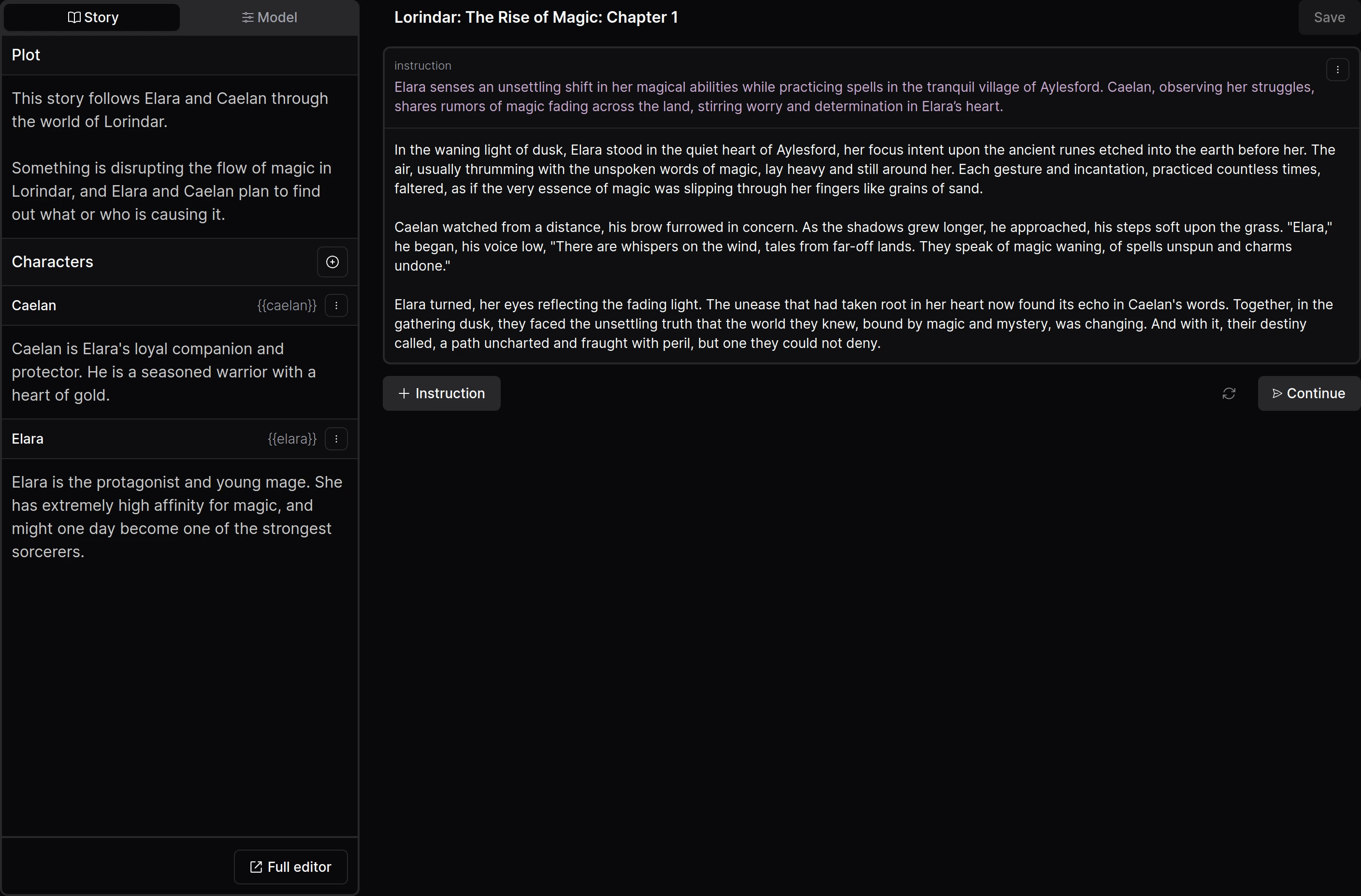 Models for **(steerable) story-writing and role-playing**.
Models for **(steerable) story-writing and role-playing**.
[All Opus V1 models, including quants](https://huggingface.co/collections/dreamgen/opus-v1-65d092a6f8ab7fc669111b31).
 Models for **(steerable) story-writing and role-playing**.
Models for **(steerable) story-writing and role-playing**.
 ## Prompting
## Prompting
The article discusses the recent human deaths from diseases transmitted by animals, specifically Alaskapox and bubonic plague. Dr. Leana Wen, an emergency physician and former Baltimore health commissioner, explains the various ways household pets can transmit diseases to humans. These include fecal-oral transmission, scratches and bites, and vector-borne diseases like ticks, fleas, and mosquitoes. Wen emphasizes the importance of vaccinating pets, maintaining cleanliness, and taking commonsense precautions to reduce disease transmission. She also advises that individuals who are immunocompromised, babies, and pregnant women should take additional care when interacting with animals.
A doctor discusses the risks of diseases transmitted from animals to humans, focusing on household pets like cats and dogs. They emphasize the importance of vaccination, hygiene, and regular veterinary care to prevent these illnesses.